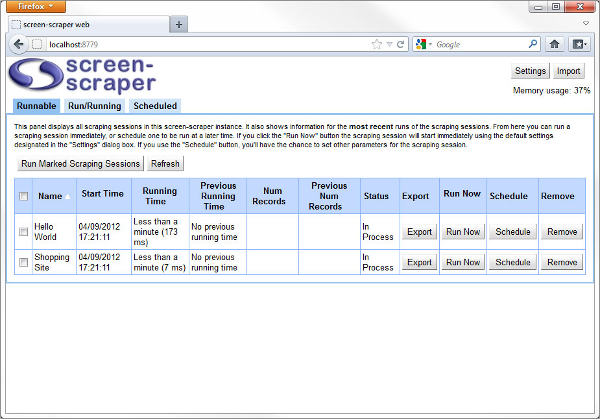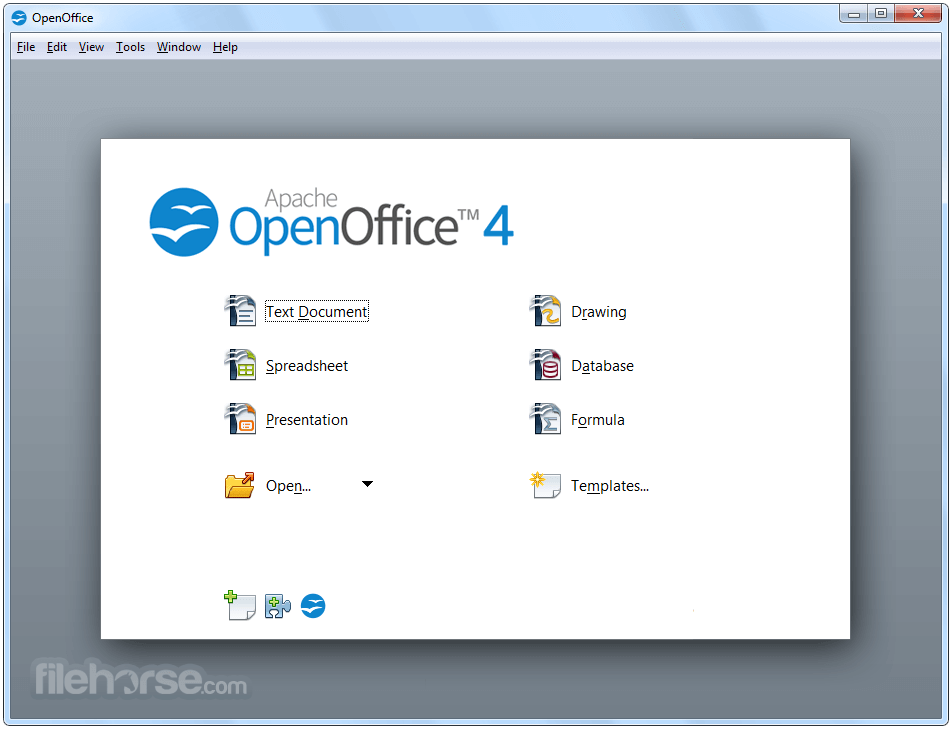This topic includes the following sections:
System Requirements for Installing the JDK on macOS
Java SE 6 Downloads. Go to the Oracle Java Archive page. Thank you for downloading this release of the Java TM Platform, Standard Edition Development Kit (JDK TM).The JDK is a development environment for building applications, applets, and components using the Java programming language. JGRASP is a lightweight development environment created specifically to provide automatic generation of software visualizations to improve the comprehensibility of software. JGRASP is implemented in Java, and runs on all platforms with a Java Virtual Machine (Java version 1.5 or higher). JGRASP produces Control Structure Diagrams (CSDs) for Java, C, C, Objective-C, Python, Ada, and VHDL. How to install Java JDK (Java Development kit 12) on Mac OS. Download and install Java on Mac OS X. We will also update the JAVAHOME environment variable ne. Java 1 6 0 free download - Apple Java for OS X 10.6, Apple Mac OS Update 8.6, Apple Mac OS Update 9.0.4, and many more programs. If you are interested the game Minecraft, then you need to run Java, we have exactly the right version and you can download it for free.
The following are the system requirements for installing the JDK on macOS:

Any Intel-based computer running macOS.
Administrator privileges.
You cannot install Java for a single user. Installing the JDK on macOS is performed on a systemwide basis for all users. Administrator privileges are required to install the JDK on macOS.
Determining the Default JDK Version on macOS
When starting a Java application through the command line, the system uses the default JDK.
You can determine which version of the JDK is the default by entering java -version in a Terminal window. If the installed version is 13 Interim 0, Update 0, and Patch 0, then you see a string that includes the text 13. For example:

To run a different version of Java, either specify the full path, or use the java_home tool. For example:
$ /usr/libexec/java_home -v 13 --exec javac -version
Download Java Se 6 For Mac
Installing the JDK on macOS
- Download the JDK
.dmgfile,jdk-13.interim.update.patch_osx-x64_bin.dmg.Before the file can be downloaded, you must accept the license agreement.
- From either the browser Downloads window or from the file browser, double-click the
.dmgfile to start it.A Finder window appears that contains an icon of an open box and the name of the.pkgfile. - Double-click the
JDK 13.pkgicon to start the installation application.The installation application displays the Introduction window. - Click Continue.
- Click Install. A window appears that displays the message: Installer is trying to install new software. Enter your password to allow this.
- Enter the Administrator user name and password and click Install Software.The software is installed and a confirmation window is displayed.
.dmg file if you want to save disk space. Uninstalling the JDK on macOS
 You must have Administrator privileges.
You must have Administrator privileges. Note:
Do not attempt to uninstall Java by removing the Java tools from /usr/bin. This directory is part of the system software and any changes will be reset by Apple the next time that you perform an update of the OS.
- Go to
/Library/Java/JavaVirtualMachines. - Remove the directory whose name matches the following format by executing the
rmcommand as a root user or by using thesudotool:/Library/Java/JavaVirtualMachines/jdk-13.interim.update.patch.jdkFor example, to uninstall 13 Interim 0 Update 0 Patch 0:
$ rm -rf jdk-13.jdk
Installation FAQ on macOS Platform

This topic provides answers for the following frequently asked questions about installing JDK on macOS computers.
1. How do I find out which version of Java is the system default?
When you run a Java application from the command line, it uses the default JDK. If you do not develop Java applications, then you do not need to worry about this. See Determining the Default JDK Version on macOS.
2. How do I uninstall Java?
See Uninstalling the JDK on macOS.
3. After installing Java for macOS 2012-006, can I continue to use Apple's Java 6 alongside the macOS JDK for Java 13?
If you want to continue to develop with Java 6 using command-line, then you can modify the startup script for your favorite command environment. For bash, use this:
$ export JAVA_HOME=`/usr/libexec/java_home -v 13`
Some applications use /usr/bin/java to call Java. After installing Java for macOS 2012-006, /usr/bin/java will find the newest JDK installed, and will use that for all of the Java-related command-line tools in /usr/bin. You may need to modify those applications to find Java 6, or contact the developer for a newer version of the application.
4. What happened to the Java Preferences app in Application Utilities?
The Java Preferences app was part of the Apple Java installation and is not used by Oracle Java. Therefore, macOS releases from Apple that do not include Apple Java will not include Java Preferences.
Why Do I Need Java to Use Apache OpenOffice?
Java is required for complete OpenOffice functionality. Java is mainly required for the HSQLDBdatabase engine (used by our database product Base) and to make use of accessibility and assistive technologies.Furthermore some wizards rely on Java technology. See additional topics pertaining to the use of Java in OpenOfficeand Apache OpenOffice in theInstallation FAQ.
So what does this mean exactly? Base (the database component) relies completely on Java technologies to run, but otherprograms (like Writer, Calc and Impress) only need Java for special functionality. If you do not need to use Base and donot want to use any of the Wizards, then you do not need to have Java installed and configured for running ApacheOpenOffice (and older versions of OpenOffice.org). You can completely prevent OpenOffice from prompting you about the useof Java by telling OpenOffice not to use a Java runtime environment (JRE). From the OpenOffice main menu use:'Tools - Options... - Java', and uncheck 'Use a Java runtime environment'. However, we do recommendthat you have a JRE on your system to take full advantage of OpenOffice's features without any issues.

Legacy versions of OpenOffice.org 3.3.0 and older included a JRE packaged with the download. Apache OpenOffice3.4.0 and newer do not!
Which Java Version Do I Need to Use Apache OpenOffice?
You will need to have a JRE version (32-bit or 64-bit) that is compatible with the architecture of the ApacheOpenOffice version you downloaded. If you already have a JRE installed on your system that satisfies this requirement inone of the standard areas for Java installation, OpenOffice should detect this installation and let you choose it for usein OpenOffice via the 'Tools - Options... - Java'. If you have a JRE installed that is not detected,you should be able to add it through this same menu. And, you can install a JRE or configure OpenOffice to use Java at anytime to get missing functionality to work.
Important note for Windows users:
The Windows version of OpenOffice is 32-bit and therefore it requires a 32-bit JRE. Even when you have a Windows versionwith 64-bit installed.
Furthermore you have to install a 32-bit JRE - additionally or instead - when you already have a64-bit JRE installed.
Java Se 6 Runtime Mac
Where Can I Get Java?
The current versions of Apache OpenOffice work reliably with a variety of JREs includingOracle Java, versions 6, 7 and 8 andopenJDK, versions 6, 7 and 8. Feel free to download a JRE from either of these sitesif you feel you need this functionality.
Please report any problems you experience with using Java on OpenOffice through our bug reporting system,Bugzilla, or one of the other support venues listed in theApache OpenOffice Support webpage, either the users list or forums.
For installing Java on Windows machines, one might appreciate:Download Instructions for Windows offline.
